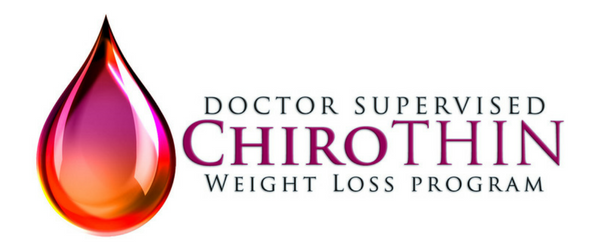
Are you looking to lose weight and get more fit this year? Are you tired of setting fitness goals you can’t reach?
Believe it or not, setting reasonable weight loss goals may not be as difficult as you think. All it takes is a little patience and some thoughtful planning.
Here’s what you need to know about setting realistic fitness goals in a fast-paced world.
1. Stick With Simple Changes
Unrealistic goals don’t take into account the fast pace of life that most of us manage every day. Maybe you eat lunch on the go, eat dinner after seven, and only have time to work out on the weekends.
Don’t create weight loss goals that can’t fit into your lifestyle because you’ll never reach them. Eating homemade lunches every day or spending an hour doing training videos each day is unrealistic for most people, and you’ll find yourself discouraged before too long.
Make sure that the goals you create are easy to incorporate into your daily routine. Maybe you can swap out your chicken sandwich for a salad or trade-in your usual diet soda for a bottle of water. Or you can find twenty minutes to do an online workout video before bed.
The fitness goals of athletes or those who’ve been working out for a while won’t be attainable for those who are just beginning to get serious about weight loss. Think about simple changes you can make each day that will get you well on your way toward your goals.
2. Get Specific and Attainable
While your goals shouldn’t be large and general, such as “lose weight,” or “stick with a fitness plan.”
Instead, identify exactly what it is you’re going to do. Do you want to consume less sugar, walk for at least twenty minutes a day, or eat more fruits and veggies?
Next, you’ll need to get specific about how you’re going to reach your goals, and you have to plan ahead to make sure you’ll reach them. For example, you may want to pack some sneakers when you head to work to make sure it’s easy to do a little walking during your lunch break. Or you may want to pack your lunch the night before to make sure you aren’t tempted to run out to a fast-food joint.
If your goal is to work out at home, you might want to designate a “work-out corner” where you keep all of the equipment you need so that it’s easy to get to work. You’ll also want to choose videos or exercises that aren’t too challenging at first.
If you’re just starting a fitness routine, yoga or pilates are great ways to start. They can help build your stamina and flexibility without making you feel winded or exhausted. If a specific workout type interests you, look up beginner videos and get moving just a little bit each day.
You can hold yourself accountable by keeping a spreadsheet where you check off whether or not you meet your goals each day. Trackers and apps also provide you with easy ways to keep track of your progress.
3. Reward Yourself, But Not With Food
Many folks are motivated by rewards. When you initially begin to lower your caloric intake, you may experience the disappointment of having to eat less of what you love.
Find a way to reward yourself for smaller goals that will make you happy. For example, maybe you’d like to buy yourself a new outfit once you go down a size. Or maybe you want to purchase new home gym equipment each time you lose five pounds.
Each of us knows our own budget, as well as what will motivate us to reach our goals. If necessary, enlist the help of a weight-loss accountability buddy who will make sure you’re being honest about your goals and successes.
4. Get Time-Bound
It doesn’t help to have a goal of losing ten pounds if you could meet it whenever it fits into your schedule. Deciding when you want to meet your goals can help you stay motivated to stick with your routine.
For example, maybe you want to lose five pounds by the end of the month. It’s generally safe to lose about one to two pounds per week. Mark the day you want to meet your goal on your calendar and it will be easy to know whether or not you’ve achieved it.
5. Get Honest About Your Challenges
There may be reasons why you aren’t meeting your goals. For example, you may have trouble finding the time to work out or prepare healthy meals. If this is the case, a weight loss program can help you with meal planning and goal setting so you don’t have to do all of the legwork yourself.
Maybe your challenge is a physical injury. You may be able to talk to your doctor about treatments or physical therapies that can help you get back on your feet.
If your challenge is mental, you may want to talk to a professional about how you can reframe your attitudes about body image. For example, you don’t want to be working out just because someone made a negative comment about the way you look. It’s important to have confidence whether or not you’re meeting your goals yet.
Setting Realistic Fitness Goals
Setting unrealistic goals for your health and body won’t do anything but discourage you and make you feel unhappy. However, when you start setting realistic fitness goals, you can begin feeling good about your progress. You’ll be on your way toward a healthy body and spirit in no time.
Are you ready to get on track toward a healthier you? Click here to find a Chirothin doctor in your area today.
